You may have learned all the theory, played a ton of games, worked out your idea, and you're ready to design your own custom board game. But without this important skill, you may never finish it.
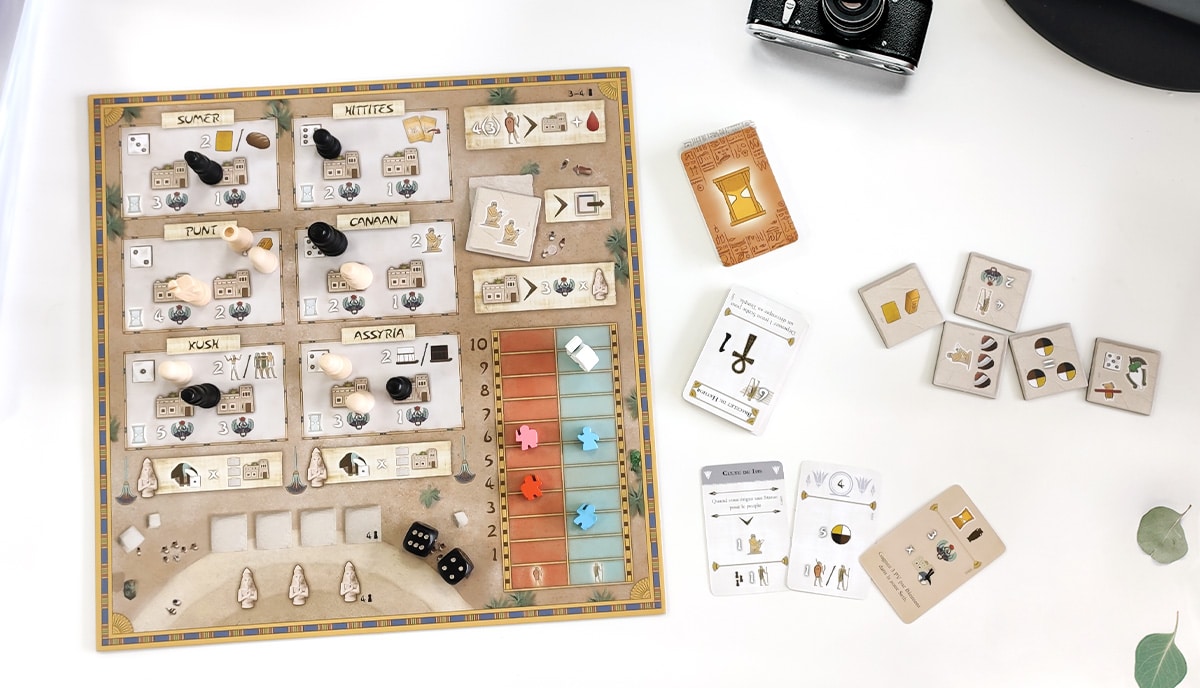
Creative designer mindset
You could give two people exactly the same outline of a game design: the principal idea, the theme, the core mechanics, and more; you could give them both the same resources, support, and timeframe in which to complete the game; and they could both be equally smart and knowledgeable; but one would complete the game and take it to market, while the other would never get beyond the development stage. Why?
Well, in most any creative endeavor — whether that’s writing a novel, a movie script, painting a landscape, designing a board game, or anything else — the difference between success and failure comes down to one simple quality that the successful creator has and the unsuccessful one doesn’t. We’ll dive into what this quality is in just a moment. But you shouldn’t worry about it, because if this skill doesn’t come naturally, you can learn it, develop it, and strengthen it.
So, what is it?
Let’s call it “mindset”. It’s an attitude to the work in hand, a mental approach, and a kind of emotional resilience that provides you with the discipline to prioritize your board game, even on days when it’s not going well, when the ideas won’t add up, when you lose faith and wonder if you’ll ever finish it. Those days will come, we promise you. No creative process — especially one as demanding and complex as board game design — comes breezily or without sweat. The stayers are the winners in the board game design game.
But there's more to it than staying power
Staying power matters. But there’s more to successful board game design than that. You need to translate your original enthusiasm, that first spark of excitement, into a logical, actionable workflow. Because — fun as it is — creating a board game of your own is hard work. Don’t let anyone tell you otherwise. Passion alone may not be enough to carry you through. You need to create a systematic working process that will make sure that you can keep going, step by step, to where your custom board game is ready to be printed, the components manufactured, and the marketing to begin.
Now, if you’ve done your homework, you’ll already know that board game creation is an iterative process; by which we mean you must get started and keep cycling through the different aspects of developing a fun game that works and gives pleasure to the players; repeating your try outs, tests, and experiments; making note of what works and what doesn’t; tweaking, adjusting, and refining. Slowly, slowly, with perseverance, you carve a beautiful, smooth game from the rough stone of your original idea.
But this creative process can be exhausting. And simply running out of steam is one of the most common reasons that would-be game designers give up, or shelve the idea for a “later” that never comes, or rush the process and find they’ve got a game that doesn’t work. So, how do you guard against the danger of creative exhaustion, and make sure that you have the power to push through to the end?
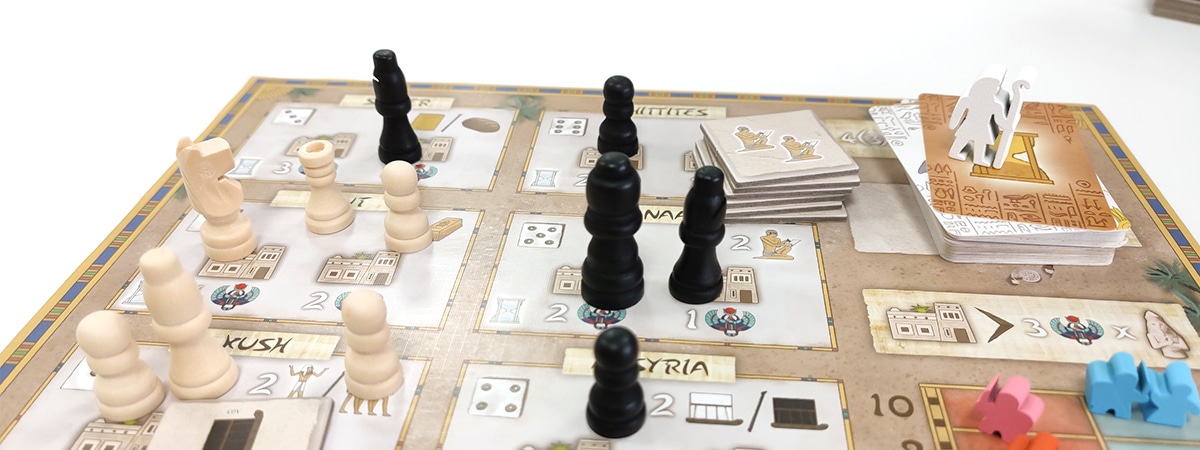
A little every day
This might be the “big secret” of success in any creative endeavor. Most of us have a ton of other responsibilities in our lives, demands on our time, and many things we have to do just to manage daily life. So, it’s tough to find time for your creative activities. At the end of a long day, it’s tempting to slump down in front of the tube with a couple of cool ones, kick back, and zone out. But that won’t get your game made.
Sure, you need some downtime. But board games don’t design and develop themselves. To make the journey from the daydream to the reality, wishful thinking won’t cut it. You must do the work.
Now, a common trap that so many fall into is to keep putting off working on their game because they imagine a time in the future — near or far — in which they’ll be able to work only on their game in perfect, undisturbed, creative bliss. Ready for a truth attack? Ain’t never — but never — gonna happen. That time will never come. It’s a mental trick. It’s kind of satisfying to imagine a bright future in which everything is already perfect, rather than grit your teeth and tackle head on the messy, far-from-perfect situation that you actually have in hand.
But that’s the only way to do it. But how do you do it without getting depressed, discouraged, or burning out? You do it like a turtle. You know what we mean?
The hare and the turtle
Way back in Ancient Greece, a storyteller called Aesop told a story about a hare who challenged a turtle to a race just for fun. The turtle, to his surprise, agreed to the race. Well, the hare laughed, thinking to himself, “This turtle must be mad! I can run so much faster than he can, the old plodder hasn’t a chance!” But the turtle insisted, the route was agreed, and the day of the race came. They lined up at the start line, the hare and the turtle, and then they set off. Well, the hare leaped forward and bounced off up the hill and disappeared over the other side before the poor old turtle had even lumbered forward a handful of steps. But…
… the hare ran so hard and so fast that soon, he felt tired. Knowing the turtle to be far behind him in the race, he thought to himself, “Well, I have a good start on the old turtle back there. I’ve time to take a little rest; even if he catches up with me, I can still out run him!” So, he settled himself down in the shade of a leafy oak tree and went to sleep.
All the while the hare slept, the turtle kept plodding slowly along, one foot after the other, step by slow step. But at last, he caught up with the sleeping hare, who lay snoring away with a smug smile on his face. The turtle just kept going, one slow step after another, never pushing faster, never slowing down, but always moving forward.
Now, sometime later, the hare woke up from his rest and looked around. “No sign of the silly old turtle!” he declared, laughing. “Why he’s probably not even half way here, yet!” So saying, up he got and ran on. He hadn’t gone more than a few miles when the finish line came in to view. All the other animals were gathered there. And the hare could hardly believe his eyes! There, just about to cross the line, was the plodding old turtle.
Well, the hare sped up as fast as he could and dashed to catch up, but it was too late. The turtle crossed the line first, and all the other animals burst into a rapturous applause for the winner, while the poor hare lay panting and breathless nearby.
This story is rightly famous, because it teaches us a very important truth: regular practice and slow perseverance are more likely to bring success than sudden bursts of activity followed by inactivity. This is especially true of creative work, which is such a mix of physical, mental, and emotional activity; it costs a lot of energy on multiple levels, not all of which are obvious.
So, the secret is to set yourself a regular timetable to work on your custom board game project. If you can’t work on it for an hour or two every day, then aim for half an hour twice a week, or whatever time you can find regularly. We promise you, if you can only do 20 mins on your game, three days a week — even if you have to grab those minutes in your lunch break at work — you’ll get further faster in the development of your game than the other guy who spends a coffee-fuelled week driving ahead with their game, then gets distracted, or loses momentum, or feels discouraged, and does nothing for months on end.
In short, all else being equal, the answer to the question of how to finish designing your custom board game, is to work regularly, even if you can only dedicate a half an hour or less at a time. Those “chunks” of time soon add up; you’ll make slow but steady progress, you’ll never get burned out, and you’ll turtle cross the finish line long before the sleeping hare.
Talk to us
Whether you’re in the early stages of your custom board game design or you’re almost ready to go into production, we’re always happy to hear from you either to chat through how we can help you realize your project or to give you a personalized quote on printing and component manufacture. Get in touch. We can’t wait to be part of your board game creation journey!






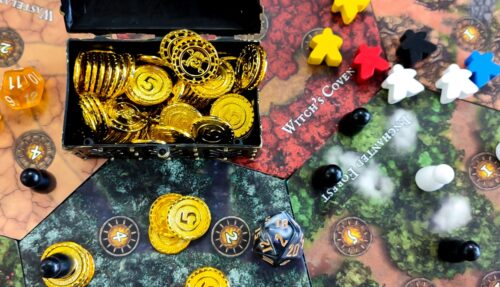
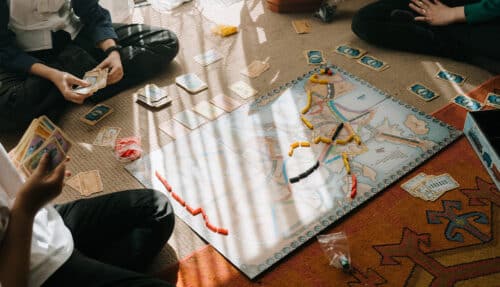
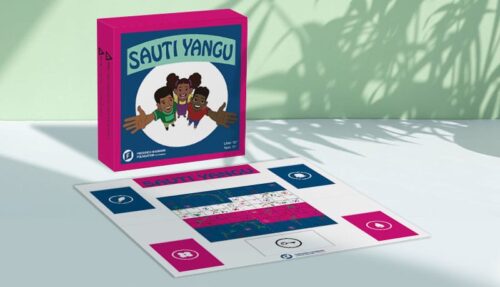
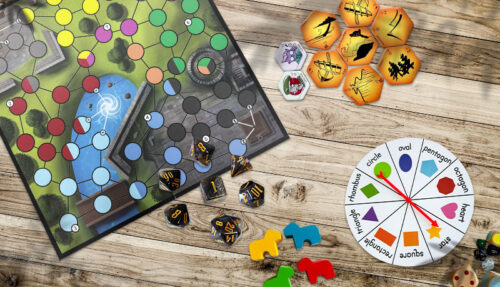
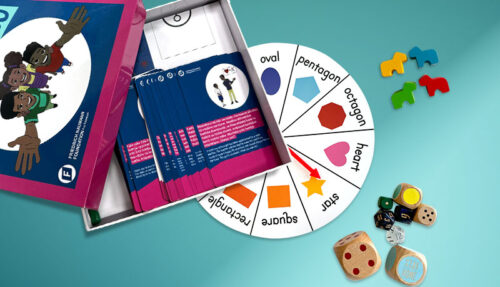
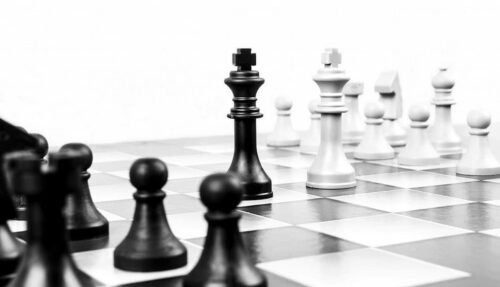
2 thoughts on “How to Finish Designing Your Custom Board Game”
Can you manufacture game pieces?
Hi Dana, good question! The simple answer is, yes. We can manufacture all your components from tokens, cards, stickers, meeples, and dice to miniature figurines and modular tiles or secenic elements or... anything you want! 🙂 To see our full range of options, check out this page: https://www.qinprinting.com/custom-board-games-printing-services/ In the meantime, we've asked one of our board game printing experts to email you to see how we can help. Any further questions, just ask. We looking forward to working with you on your game!